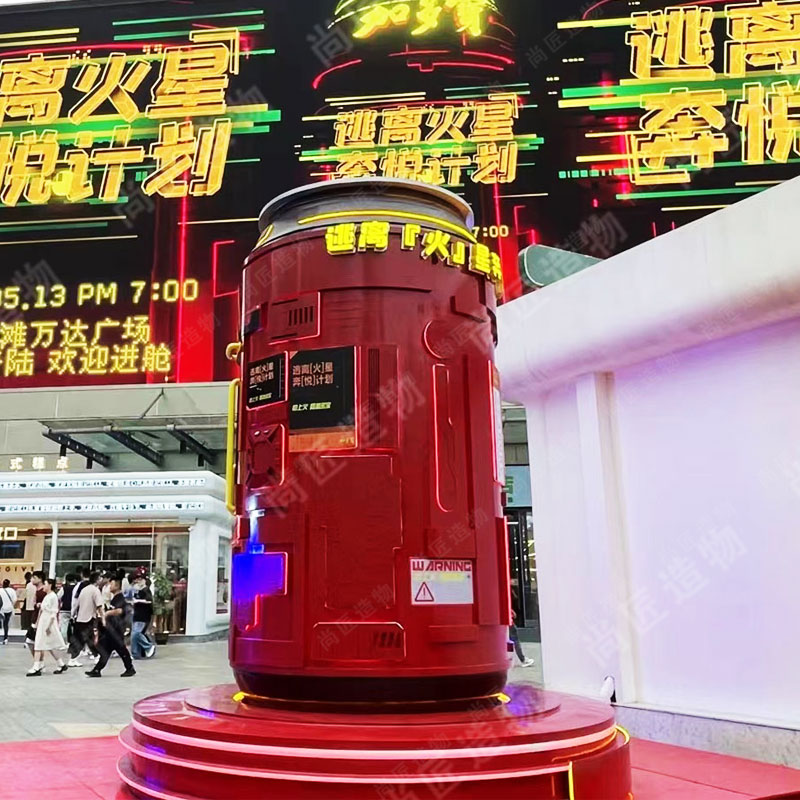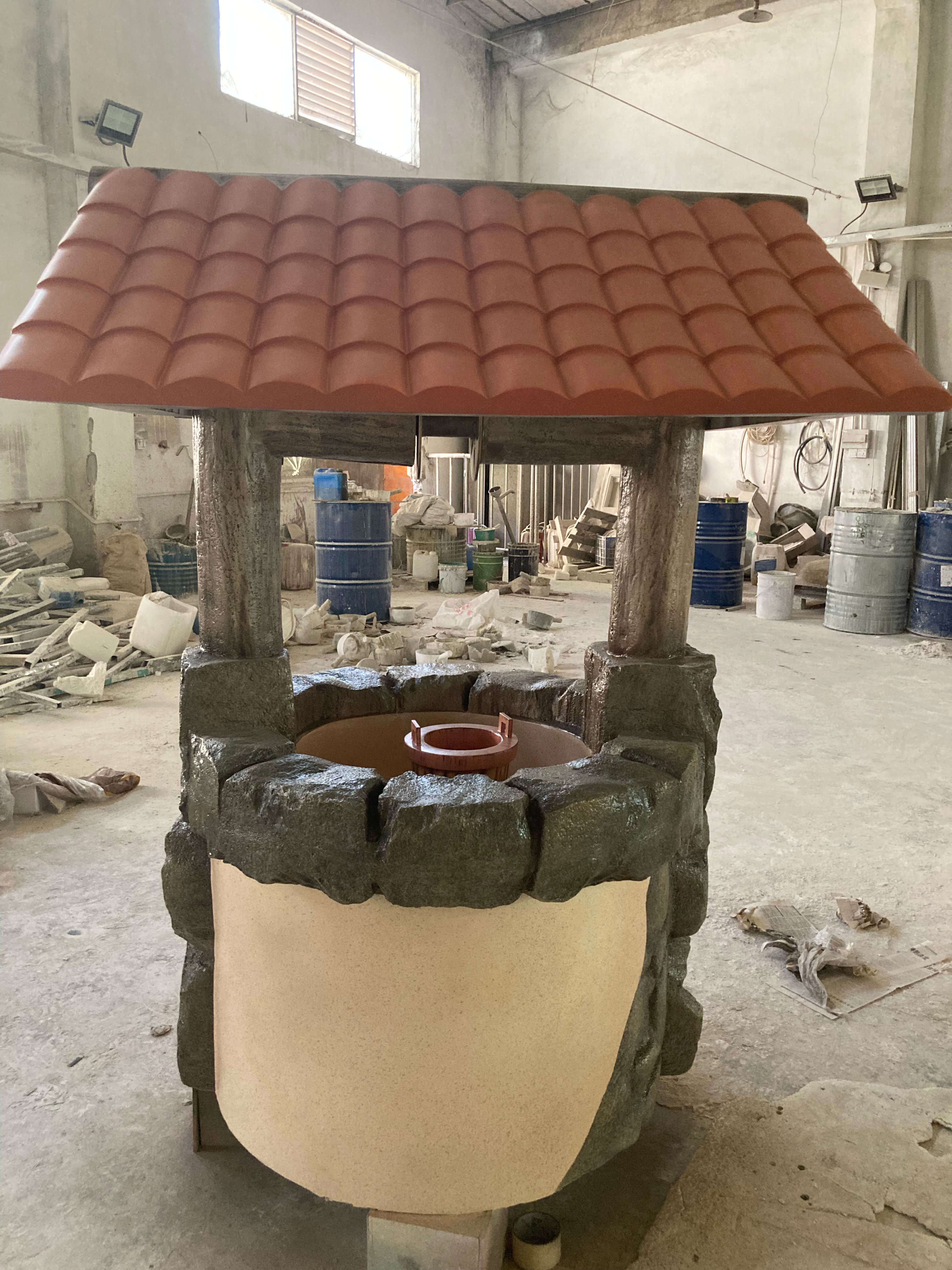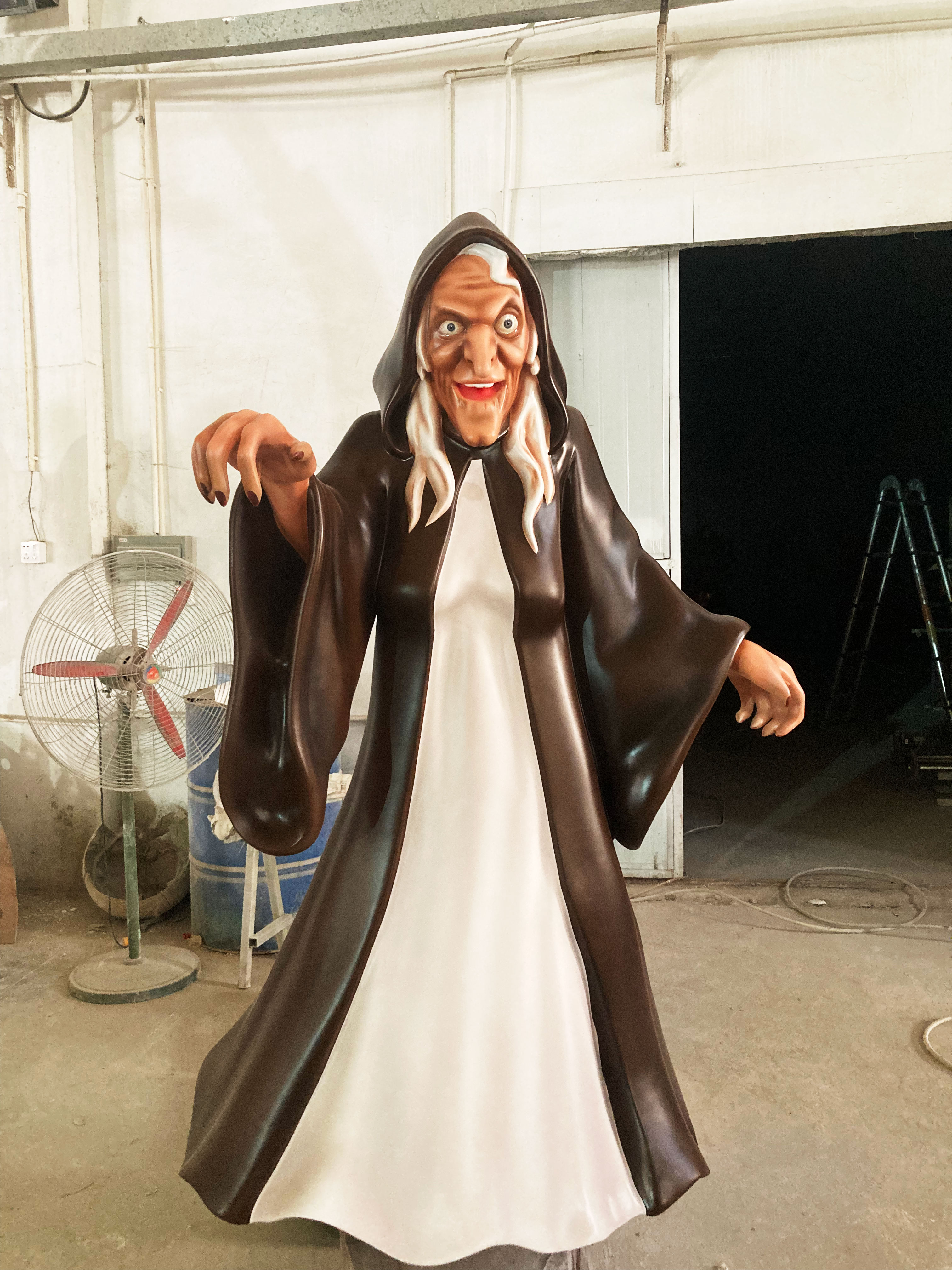Key Takeaways
Understanding the core principles is essential before embarking on creating outdoor FRP sculptures. These key points establish the foundation for merging artistic expression with the demanding requirements of permanent exterior installations. Material selection is paramount; choosing the correct resin matrix and fiberglass reinforcement dictates fundamental weather resistance. Design choices must proactively address environmental stressors, incorporating elements like water runoff and UV protection from the outset. Structural engineering principles, often unseen in the final piece, are non-negotiable for ensuring longevity and safety, especially for dynamic pieces like kinetic sculpture. Advanced weatherproofing techniques, including specialized gel coats and meticulous lamination practices, form the critical barrier against degradation. Crucially, achieving a successful outcome requires a constant dialogue between artistic vision and engineering constraints.
"The most compelling public art withstands the test of time and elements without sacrificing its initial creative spark. Durability isn't the enemy of beauty; it's its essential partner outdoors." – Renowned Public Art Fabricator.
The following table highlights essential FRP properties relevant to outdoor durability:
| Material Aspect | Impact on Outdoor Performance | Key Consideration for Artists |
|---|---|---|
| Resin Type | UV Resistance, Hydrolysis | Iso/NPG Gelcoats, Vinylester Core |
| Fiberglass Layup | Structural Integrity | Mat/Woven Roving Balance |
| Pigment Quality | Fade Resistance | In-mold vs. Painted Finishes |
| Sealant Integrity | Moisture Ingress Prevention | Backing Layers, Edge Sealing |
Integrating these considerations early prevents costly rework. Long-term preservation relies heavily on professional installation following best practices, ensuring proper anchoring and drainage, coupled with a realistic maintenance plan. The ultimate goal is a sculpture where the artistic intent remains vibrant for decades, achieved through this careful balance.
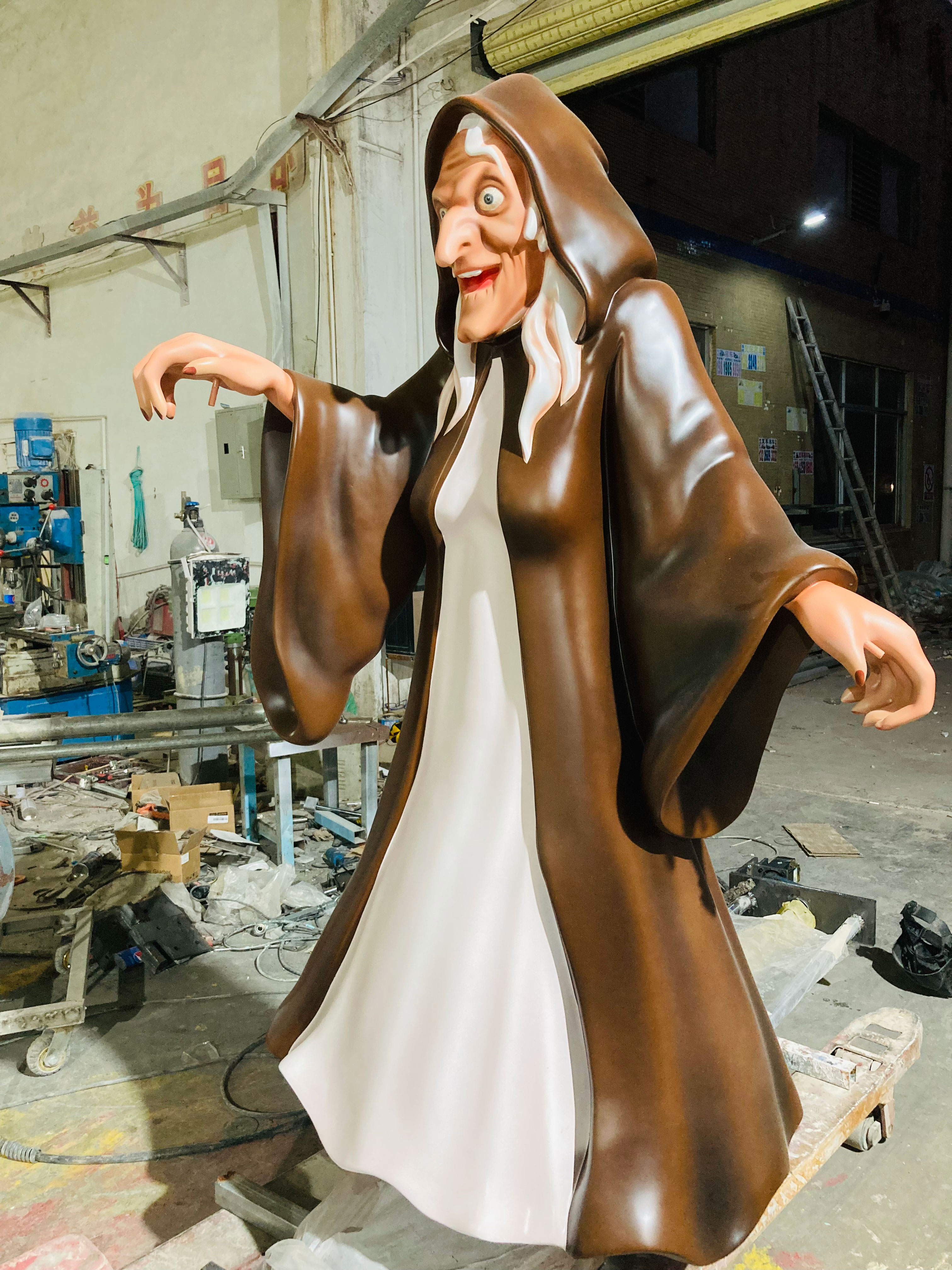
FRP Sculpture Material Essentials
The longevity of any outdoor fiberglass sculpture begins with understanding and selecting the fundamental materials correctly. FRP, or Fiberglass Reinforced Plastic, combines two primary components: the reinforcement and the matrix. The reinforcement is typically glass fibers, either woven into a mat or chopped strand, providing the essential tensile strength. The matrix is a polymer resin, most often isophthalic or vinyl ester polyester resin, chosen specifically for its superior resistance to moisture, UV radiation, and temperature fluctuations compared to standard resins. This resin binds the glass fibers together and protects them from environmental degradation. High-quality gel coats, applied as the outermost layer during molding, are critical for initial color saturation and forming the sculpture's first line of defense against weathering and abrasion. Fillers and additives, such as UV inhibitors and fire retardants, are frequently incorporated into the resin mix to enhance specific performance characteristics required for permanent outdoor display. Understanding the properties and interaction of these core materials – the glass, the specialized resin, and the protective gel coat – is non-negotiable for creating sculptures that endure harsh elements while maintaining their structural integrity and aesthetic appeal for decades in public spaces like parks and plazas, including specialized IP character sculpture.
Designing for Outdoor Resilience
Moving beyond material selection, designing for outdoor resilience requires anticipating environmental stresses from the outset. Successful weather-resistant fiberglass art installations begin with shapes that naturally shed water and resist wind loading. Sharp angles and flat surfaces where water can pool should be minimized; instead, incorporate gentle slopes and rounded contours. Aerodynamic forms reduce wind resistance, decreasing stress on mounting points and the structure itself. Drainage paths must be carefully integrated into the design, ensuring water flows away quickly without causing erosion or staining. The thickness and layup schedule of the fiberglass laminate must also be strategically planned, reinforcing areas prone to higher impacts or stress concentrations. Choosing the right gel coat and resin system during the design phase significantly impacts long-term color retention and surface integrity. Thoughtful design fundamentally dictates how well a Fiberglass sculpturewithstands decades of sun, rain, freeze-thaw cycles, and pollutants. This proactive approach lays the essential groundwork for the structural engineering considerations that follow.
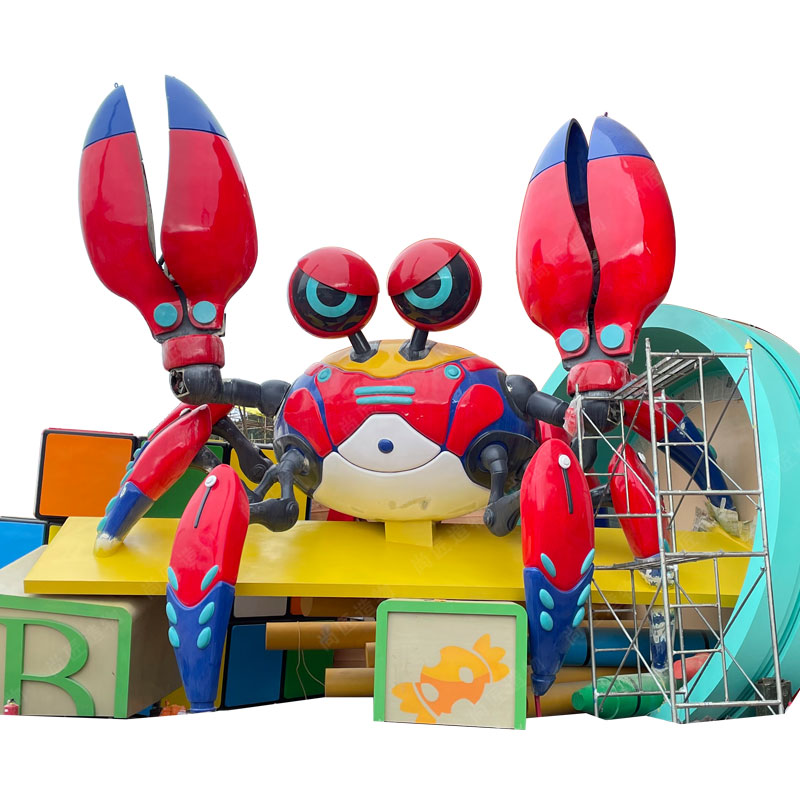
Structural Engineering for Art
Integrating sound structural engineering principles is essential when creating FRP sculptures destined for outdoor environments. Unlike indoor pieces, these installations must withstand variable loads from wind, snow accumulation, and potential ground movement over decades. Engineers calculate stress points and determine optimal wall thicknesses while artists focus on form, requiring close collaboration. Key considerations include strategically placing internal steel reinforcements or aluminum armatures within the fiberglass layers to prevent flexing or cracking under pressure. The base design deserves particular attention, as it transfers the sculpture's entire weight to its foundation; improper load distribution risks tilting or sinking. Simultaneously, expansion joints must accommodate material contraction during freezing temperatures and expansion in summer heat. Achieving this balance ensures the artwork remains stable without compromising its aesthetic intent, as seen in durable public Realistic sculptureprojects. This foundation allows artists to confidently execute complex designs while guaranteeing longevity.
Advanced Weatherproofing Techniques
Beyond structural design, achieving true longevity for outdoor fiberglass art installations demands sophisticated barrier systems. The foundation is a high-quality, UV-inhibited gel coat, meticulously applied during molding to create an impervious skin. This primary layer shields the underlying laminate from moisture penetration and solar degradation. For enhanced protection, especially in harsh coastal or industrial environments, applying multiple layers of specialized marine-grade epoxy resin after demolding adds significant resilience. These resins often incorporate advanced UV stabilizers and flexibilizers, preventing brittleness and fading over decades.
Integrating hydrophobic additives into the topcoat further repels water, minimizing freeze-thaw damage risks. Consistent, full coverage during application is non-negotiable; any thin spot becomes a potential failure point. While FRP excels in corrosion resistance compared to metals like stainless steel sculpture, its vulnerability lies in prolonged UV exposure and moisture ingress degrading the resin matrix. Therefore, these advanced chemical and application techniques are essential for transforming a sculptural concept into a truly permanent, weather-resistant fiberglass art installation. The goal is a seamless, durable barrier preserving both form and finish.
Preserving Artistic Integrity Outdoors
Achieving lasting beauty in outdoor FRP sculptures demands careful consideration beyond structural integrity. The challenge lies in protecting the artwork from environmental degradation while faithfully maintaining the artist's original vision and surface details. This involves selecting UV-stable pigments and high-quality gel coats specifically designed to resist color fading and yellowing over decades of sun exposure. Surface texture, a critical element for many artists, must be preserved against erosion from wind-driven rain and pollutants; specialized sealants can shield intricate details without creating an unnatural, overly glossy finish that alters the intended appearance. Thermal cycling, causing materials to expand and contract, can lead to micro-cracking in paint layers if not properly addressed through flexible coating systems. For pieces requiring vibrant, consistent color, such as certain Cartoon sculptureinstallations, rigorous testing of pigment stability under accelerated weathering conditions is essential. Ultimately, the goal is to apply protective technologies that become invisible, ensuring the sculpture ages gracefully without compromising its artistic statement or the fine details that give it character.
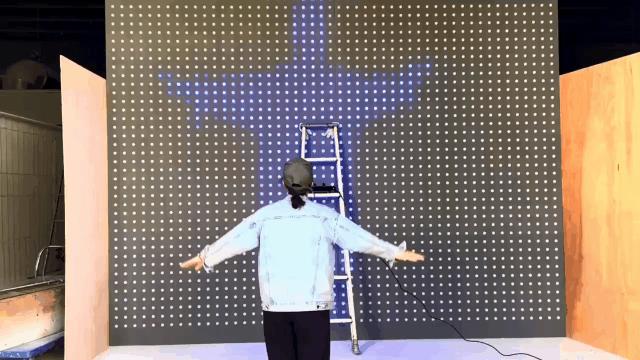
Professional Installation Best Practices
Proper installation is critical for ensuring the long-term durability and safety of weather-resistant fiberglass art installations, directly building upon the foundation laid by advanced weatherproofing techniques. Site preparation forms the first essential step; assess the ground thoroughly for stability and adequate drainage to prevent water pooling or shifting that could compromise the sculpture over time. However, selecting the right anchoring system is equally vital, matching it precisely to the sculpture's weight, dimensions, and wind load calculations – typically employing robust stainless steel anchors embedded in concrete footings designed for the specific soil conditions.
Furthermore, meticulous handling during placement is non-negotiable. Use appropriate lifting equipment and spreader bars to avoid imposing undue stress points on the FRP structure itself. Ensure the sculpture is perfectly level upon its base to maintain structural integrity and aesthetic alignment. Finally, verify all connections are secure and weather-tight, especially if electrical components for lighting are integrated, protecting these elements from moisture ingress. This careful execution sets the stage for the manageable long-term maintenance outlined in the next section, guaranteeing the artwork remains secure and visually intact for years.
Long-Term FRP Maintenance Guide
Maintaining the structural integrity and aesthetic appeal of outdoor FRP sculptures requires a consistent, proactive approach. While the advanced weatherproofing techniques discussed earlier provide a strong foundation, long-term resilience hinges on regular maintenance. Establishing a simple inspection routine is crucial; visually examine sculptures quarterly for any signs of surface damage, such as chips, cracks, or areas where the gel coat has worn thin, potentially exposing the fiberglass laminate. Pay particular attention to joints and areas most exposed to the elements.
Cleaning should be performed at least twice yearly using a mild detergent solution and a soft brush or cloth, avoiding harsh chemicals or abrasive tools that could damage the protective gel coat. Promptly remove organic debris like leaves or bird droppings, as these can trap moisture and lead to staining or degradation. Should minor damage be identified during inspection, address it swiftly using manufacturer-recommended repair kits specifically designed for FRP to prevent moisture ingress and further deterioration. This diligent care directly supports the goal of preserving the artistic integrity of the installation over decades, ensuring the sculpture remains a durable outdoor statement.
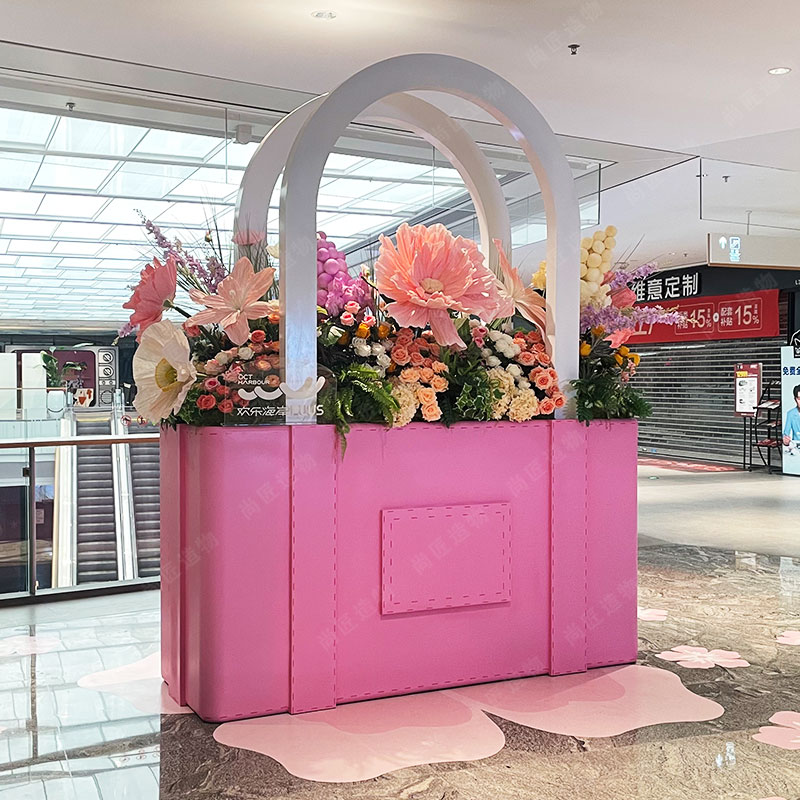
Balancing Art and Durability
Achieving a successful, permanent outdoor fiberglass sculpture requires careful consideration of both artistic vision and material longevity. The artist's desired form, surface texture, and finish must be thoughtfully integrated with the practical demands of environmental exposure. This balance is fundamental. While intricate details or specific surface effects might be core to the artistic concept, they must be evaluated for their impact on the sculpture's ability to withstand weathering. For instance, very thin protrusions might be aesthetically compelling but are structurally vulnerable to wind or impact. Similarly, certain desired finishes or pigments might be less inherently UV stable.
Therefore, the design process involves constant dialogue between the artist and the fabricator. Material choices, like the type of gel coat and its additives (UV inhibitors, specific pigments), are critical in this phase. The challenge lies in protecting the artistic integrity – ensuring the final piece faithfully represents the creator's intent – while making necessary adjustments to guarantee the FRP structure remains durable, structurally sound, and visually intact for years in sun, rain, freeze-thaw cycles, and pollution. Compromises are often needed, but the goal is to find solutions that satisfy both aesthetic and engineering requirements without diminishing the artwork's power. This careful negotiation sets the stage for effective installation and maintenance practices.
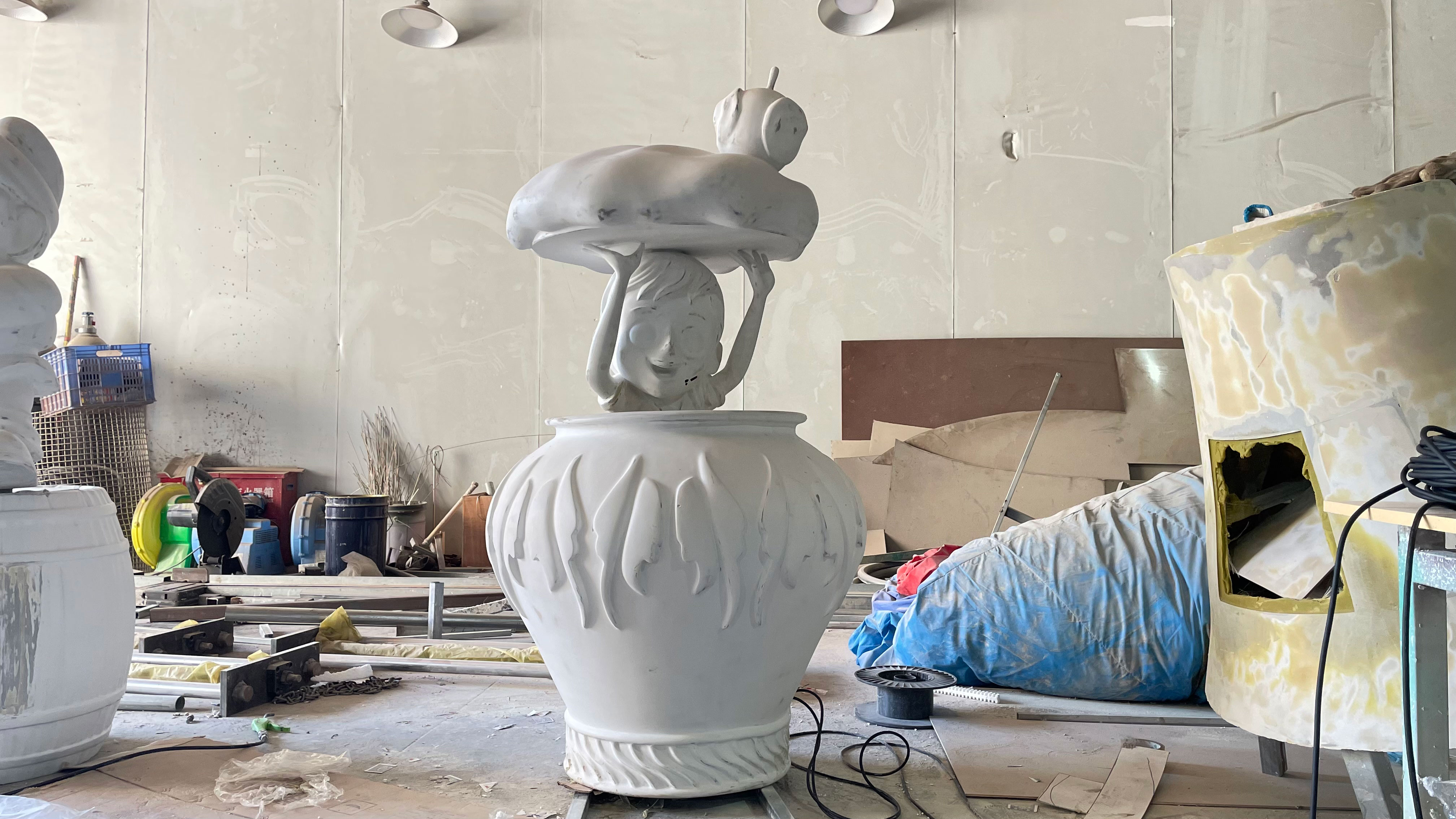
Conclusion
Creating truly enduring fiberglass art for outdoor spaces demands meticulous attention at every stage. Selecting premium resins and reinforcing materials provides the essential foundation. Integrating structural engineering principles early in the design process ensures the sculpture can withstand environmental stresses like wind and snow loads. Applying advanced, multi-layer weatherproofing techniques protects the artwork from UV degradation, moisture penetration, and temperature extremes. Crucially, successful long-term installations require professional handling during placement and a commitment to regular, simple maintenance. By thoughtfully balancing artistic expression with these technical requirements, artists and fabricators achieve the ultimate goal: permanent public art that retains its visual impact and structural integrity for decades, enriching outdoor environments reliably.
FAQs
What are the primary weather threats to FRP sculptures?
Environmental factors include UV radiation degrading resins, freeze-thaw cycles causing microcracks, moisture absorption leading to blistering, and salt spray (in coastal areas) accelerating corrosion of any embedded metal supports. A multi-layered protective system addresses these.
How often should outdoor FRP sculptures be inspected?
Professional consensus recommends a visual inspection every six months for surface issues like cracks, chips, or discoloration, plus a more thorough structural assessment annually. Immediate inspection is advised after severe weather events.
Can I achieve fine artistic detail with durable, thick FRP laminates?
Yes, skilled fabricators use meticulous layering techniques. Detail is captured first in the mold and initial gel coat layers. Structural reinforcement is built up strategically behind these surface layers, preserving intricate textures and forms while ensuring strength.
Is UV protection only about the topcoat?
While the topcoat (usually a high-quality polyurethane) is crucial, the entire system matters. UV-inhibiting stabilizers are integrated into the gel coat (the first layer against the mold) and often into the resin matrix itself, providing deeper, longer-lasting protection than surface paint alone. ISO 12944 standards guide coating system selection.
How long can a properly crafted and maintained outdoor FRP sculpture last?
With expert design using marine-grade materials, robust engineering, correct installation, and a disciplined maintenance regimen (including recoating every 5-7 years), high-quality FRP sculptures can endure outdoors for several decades, rivaling traditional materials like bronze in longevity.
 ch
ch English
English


